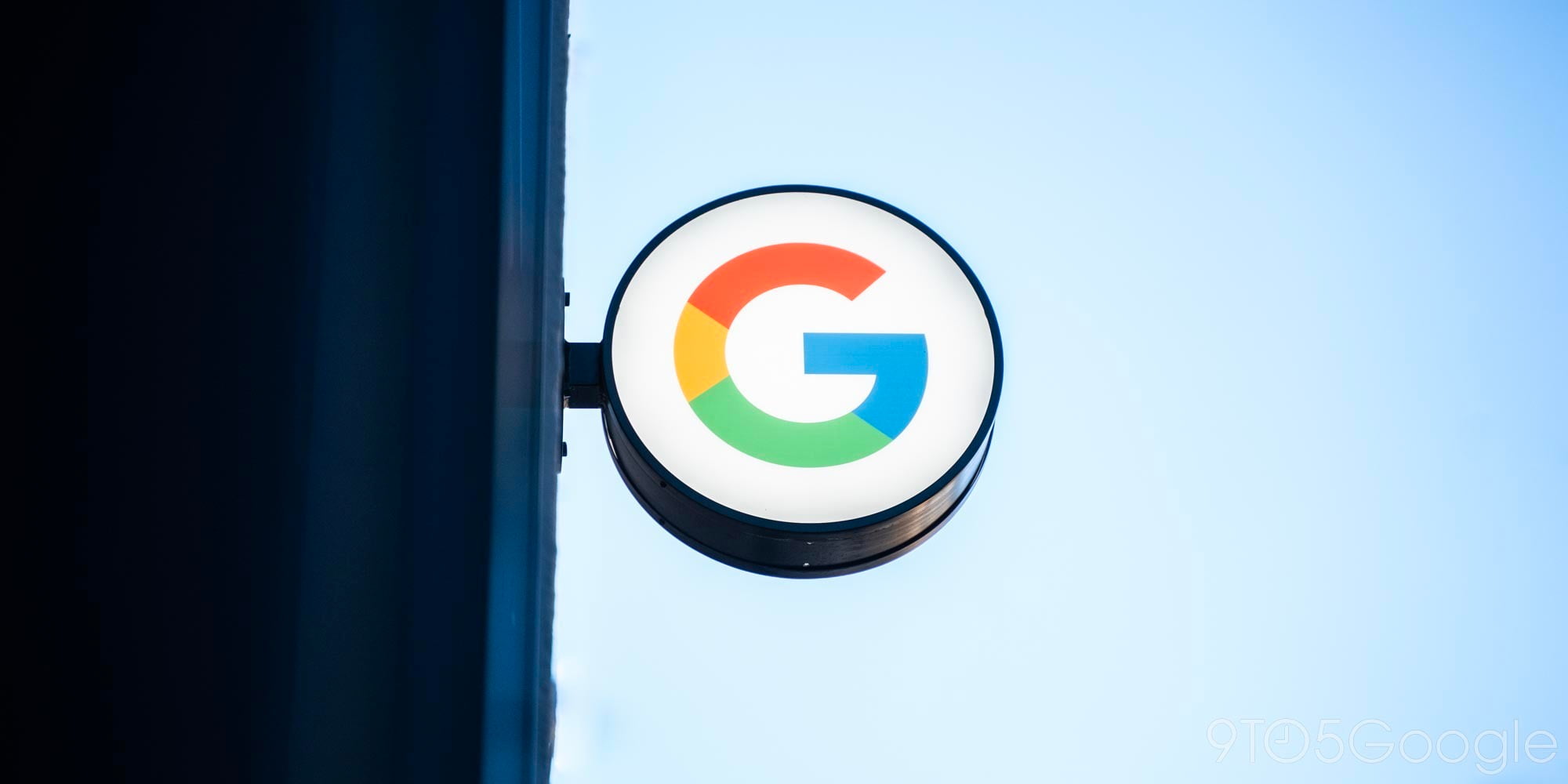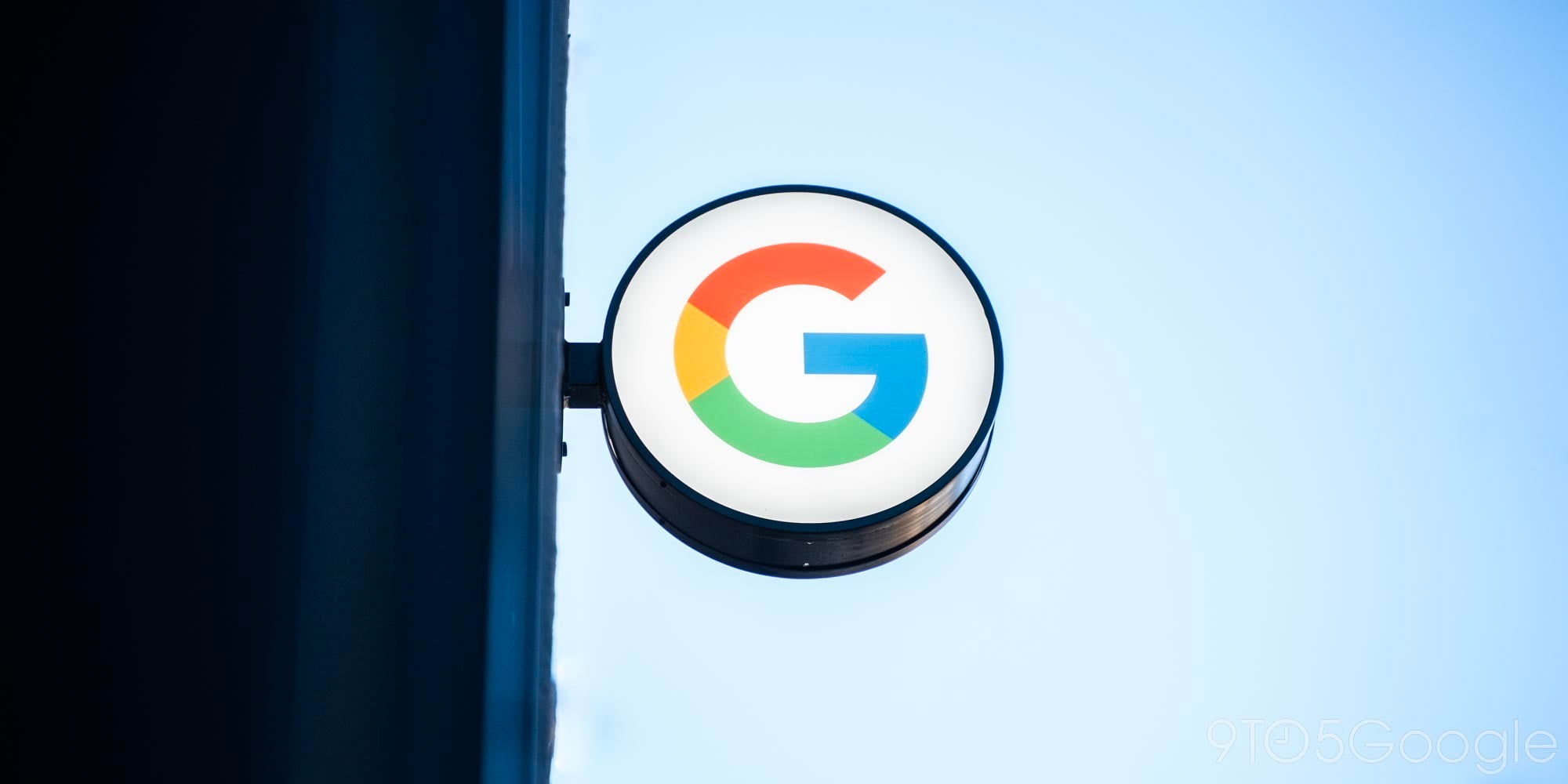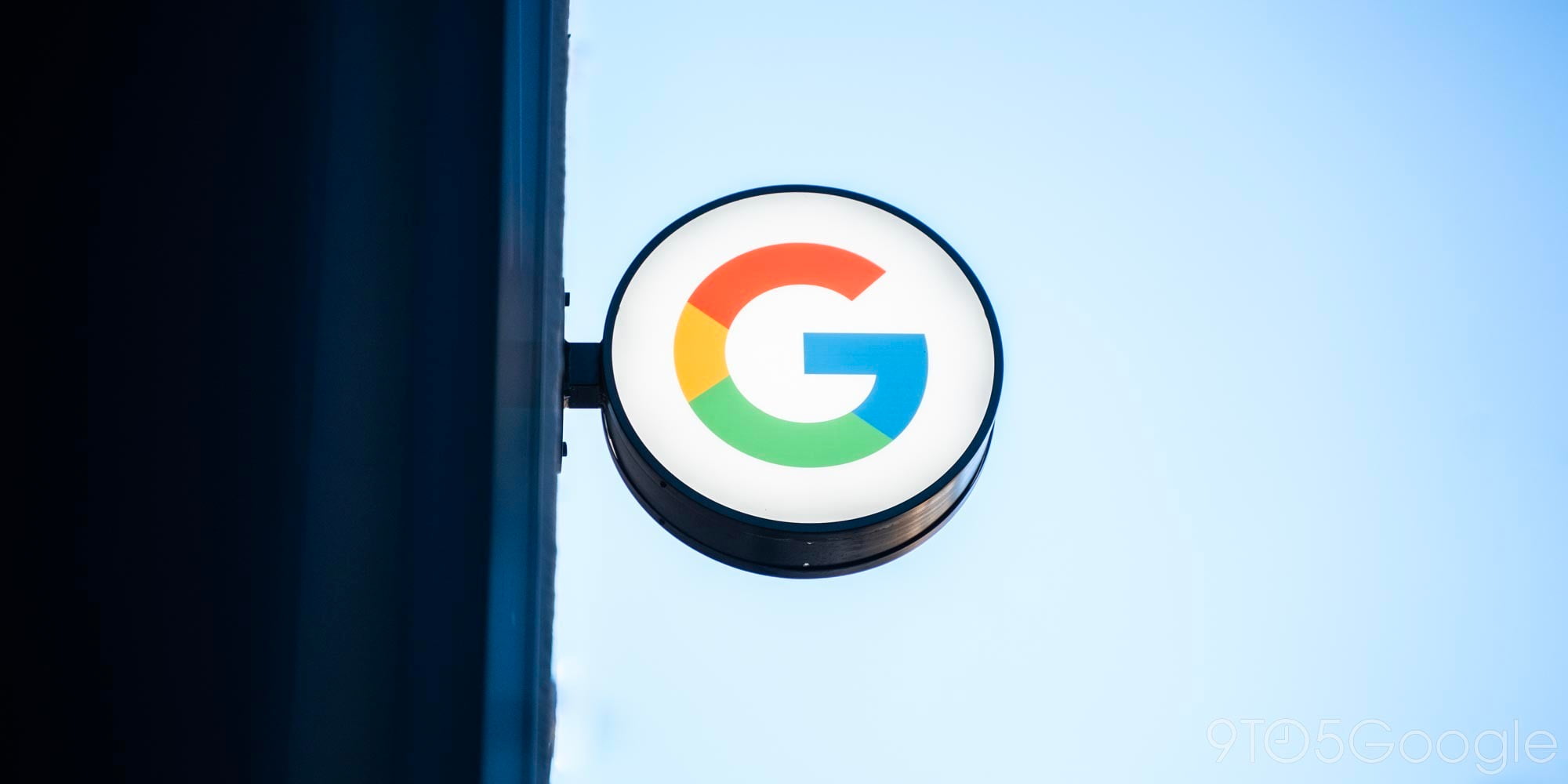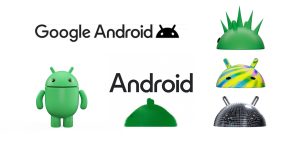There’s no denying it – the HTC One is one of the nicest pieces of Android hardware on the market. When we reviewed it back in April, we called it “a standout, breathtaking Android phone” and boasted about its above-average build quality and crystal clear display. For me, however, there has always been one thing keeping the HTC One from being my go-to recommendation for the best Android smartphone out there – HTC Sense. This is why I couldn’t be any more pleased that Google has decided to release a “Google Play Edition” of the HTC One running stock Android, giving us more hardware options for pure Android devices on top of its Nexus line that ships alongside major new releases.
HTC Sense, the company’s Android UX overlay it uses to help make its phones unique, unfortunately adds an extra layer that affects the overall performance of the hardware considerably. HTC isn’t the only one. We noticed major performance improvements in our full review of the new Samsung Galaxy S4 Google Play Edition running stock Android instead of Samsung’s clunky TouchWiz UX.
For these reasons, I’ve been toting LG’s Nexus 4, which up until recently was the only out-of-the-box, stock Android smartphone available on top of above-average hardware. While there’s no mistaking the HTC One’s superior hardware, because of Sense, it continued to take a back seat to my Nexus 4. With Google’s recent introduction of new stock Android devices under the “Google Play Edition” moniker, the HTC One finally has the opportunity to win me over.
Design
For those of you that have had hands-on time with HTC One, you already know what to expect. The hardware hasn’t changed since we gushed about it back in April. Even almost 5 months later, its sleek aluminum body remains one of the only that screams excellent build quality and easily outshines Samsung’s plastic-covered Galaxy S4. Coming from someone that also carries Apple devices on a daily basis, the HTC One’s design is truly the first that lives up to the iPhone 5’s build quality. HTC sense has come along way, but the amazing thing is how stock Android on the HTC One even makes the hardware shine.
 The slightly curved back makes the gorgeous 9.3 mm thin aluminum shell feel great in your hand, unlike the Galaxy S4’s more rounded polycarbonate backside and the glass of the Nexus 4, which tend to feel wider and, as a result, bulkier. The 4.7-inch screen size, in my opinion, feels like the perfect size for a large display smartphone that remains easy to pocket and navigate with one hand.
The slightly curved back makes the gorgeous 9.3 mm thin aluminum shell feel great in your hand, unlike the Galaxy S4’s more rounded polycarbonate backside and the glass of the Nexus 4, which tend to feel wider and, as a result, bulkier. The 4.7-inch screen size, in my opinion, feels like the perfect size for a large display smartphone that remains easy to pocket and navigate with one hand.
It’s slightly smaller than the 5-inch Galaxy S4, but the vivid 1920 x 1080 display is truly second to none. It beats out the Galaxy S4 in side-by-side tests for responsiveness and clarity, and the Galaxy’s S4’s marginally larger display doesn’t provide any noticeable benefit in terms of screen real estate. The display is also extremely bright, making the iPhone 5 and Galaxy S4 displays look somewhat dull in comparison.
It features the same two button layout with back and home on either side of the HTC logo, allowing users to double tap the home button to access multitasking normally handled by the third button on Nexus devices. At first, it’s slightly awkward coming from my Nexus 4, but nothing you won’t get used to after a few days of use.
All the hardware in the Google Play Edition is the same as the original as well. That means you’ll get a super speedy Qualcomm Snapdragon 600 quad-core 1.7GHz CPU, a beautiful 4.7-inch,1920 x 1080 display at 468 PPI, 2GB of RAM, and 32GB of built-in storage. Despite being mostly bloatware, Sense was actually already quite snappy on top of the speedy hardware, but, not surprisingly, stock Android seems to provide a slight step up in responsiveness. Perhaps it’s just the fact I no longer have to deal with Sense when navigating the device, but I experienced absolutely no performance issues with the Google Play Edition, as opposed to the odd hiccups with Sense.
Software
One thing you certainly won’t miss from Sense is BlinkFeed, the widely disliked scrolling social/news aggregator that HTC insists on forcing users to keep on their home screen. Also missing from the Google Play Edition is the weather, calendar, and other notifications that used to appear on the home screen, which was a nice touch on the original HTC One with Sense, but nothing you won’t be able to live without. In return, you get Google’s super streamlined UI design that will be noticeable across not only the home & lock screens, but also the stock weather, calendar, and photo gallery apps, for example. In my opinion, Sense feels outdated compared to stock Android, apart from a few areas such as the camera app (more on that below). Of course, that’s subjective, but I’ll let you decide for yourself with the comparison shots above.
The IR blaster built into the HTC One’s power button on top of the device is unfortunately disabled on the stock Android version, as is the FM radio functionality included in Sense 5.0. The interactive TV guide feature with the IR blaster is one we rather enjoyed in our original review, but it’s always possible the functionality could be be enabled in a future update for the Google Play Edition.
The device does have NFC, but unfortunately you won’t get Google Wallet on the Google Play Edition, presumably because the chip isn’t yet compatible with Wallet. Currently, Sprint’s version of the HTC One is the only supported.
Lack of IR blaster and Wallet will hardly be deal breakers for most, and the Google Play Edition instantly feels cleaner and easier to navigate. So much so that you’ll likely forget about the very few useful and interesting features Sense actually provides.

Camera
One interesting feature missing is HTC Zoe, the camera mode that stitches together photos and video to create an animated gif-like moving image. You’ll also lose the Sense camera app’s Smart Flash mode, Video Highlights, and slow motion recording, all welcomed additions in Sense 5.0 that a lot of users enjoy. What you do get with the stock Android camera is an extremely streamlined UI that I personally prefer to the Sense camera. Photos shot with the device’s 4MP UltraPixel main camera seem to be the same when shooting on the normal default mode, although it appears there is a slight difference in quality when it comes to shooting in HDR mode on Android vs Sense. Likely due to the image processing HTC includes in Sense, this is the one area it actually beats out stock Android, as photos on the Google Play Edition tend to look over-exposed or muddy depending on the lighting. Low light photos take a bit of a hit, likely due to the lack of HTC’s built in night mode, but the difference is negligible.

You’ll also gain Google’s Photo Sphere feature with the stock Android app, which allows users to stitch together 360 degree panoramas and share to Google Maps, Google+, and view directly on the device. With all the great third-party camera apps out there and Google’s Photo Sphere feature, it’s easy to forget about features from the Sense 5.0 camera app on the original HTC One.
Audio
 One thing that the HTC One didn’t lose with the removal of Sense is Beats Audio. Not only are the same HTC earbuds still bundled with the device, but there is also an option in Settings to enable the BeatsAudio sound profile, which aims to improve sound performance through headphones, and specifically through Beats by Dre headphones that are optimized for the profile. The setting does provide a little extra shine and low-end that Beats are known for, but unfortunately the experience varies greatly depending on the audio and I preferred to leave the setting off. It is, however, one differentiator for the HTC One over other stock Android devices, and pairing with Beats by Dre headphones optimized for the sound profile should provide a slightly better experience than without.
One thing that the HTC One didn’t lose with the removal of Sense is Beats Audio. Not only are the same HTC earbuds still bundled with the device, but there is also an option in Settings to enable the BeatsAudio sound profile, which aims to improve sound performance through headphones, and specifically through Beats by Dre headphones that are optimized for the profile. The setting does provide a little extra shine and low-end that Beats are known for, but unfortunately the experience varies greatly depending on the audio and I preferred to leave the setting off. It is, however, one differentiator for the HTC One over other stock Android devices, and pairing with Beats by Dre headphones optimized for the sound profile should provide a slightly better experience than without.
That being said, the HTC One has by far some of the best speakers of any smartphone on the market. With two large front facing speakers on either end of the display and built-in amplifiers, you might actually be able to leave your Bluetooth speaker at home for casual group listening on the go. It’s not going to fill a room at party, but it certainly blows away the competition and is actually useful for listening in small groups. Speakers aren’t often a big concern for the average smartphone buyer, but up until now haven’t been particularly worth bragging about. HTC seems to be the only one raising the bar on sound quality in its smartphones, and the front facing speakers will definitely make your iPhone- and Galaxy-toting friends envious.
Battery
Performance and battery life won’t really be deciding factors when it comes to Sense vs the Google Play Edition, as most performance based benchmarks have turned out to be almost identical in the majority of tests. The HTC One Google Play Edition includes the same 2,300 mAh Lithium polymer battery included in the original, but we didn’t experience much of a difference in overall battery life performance with stock Android. You likely won’t get the full “up to 27 hours talk time” and “500 hours standby” that HTC quotes if you’re doing any web browsing, video streaming, etc, but that’s the case with most smartphones on the market. Real world results will be closer to half the numbers estimated by HTC, but the One still comes in at one of the top 3 or 4 devices on the market for battery life and shouldn’t be a concern.

Summary: Why HTC One Google Play Edition?
Ultimately, for me having stock Android on what I think is the best Android hardware around is the best of both worlds. HTC Sense made a big leap with Sense 5.0 on the original HTC One, but everything that’s still clunky and outdated with Sense far outweighs what’s good about it. Not only will you likely get updates for stock Android much quicker than with the Sense version, giving you the latest and greatest coming out of Mountain View, but you also won’t have to deal with HTC’s half baked skin. On top of that, the majority of features you might miss can be easily replaced using third-party alternatives from Google Play.
IR blaster aside (a feature most people won’t miss unless coming from the original HTC One), the camera app is the really the only aspect of stock Android that feels like a bit of a downgrade coming from Sense. The good news is there’s no shortage of excellent third-party camera apps that do much more than Sense, so for me, replacing the stock camera app on any Android device is usually inevitable.
HTC has finally been able to win me over with the move to stock Android, and I’ll be recommending the Google Play Edition as not only the best pure Android Nexus experience, but also the best Android smartphone available, period.
The 32GB HTC One Google Play Edition sells for $599 directly through Google Play in the US without a contract. That’s less than the $649 16GB Galaxy S4 Google Play Edition (as well as HTC’s other biggest competitor, the iPhone 5) and not much more than the $350 Nexus 4, for what I think is far superior hardware.
The device comes unlocked with support for GSM networks with 3G on 850, 1900, 2100 MHz and 4G LTE on700 MHz and AWS bands.
FTC: We use income earning auto affiliate links. More.









Comments